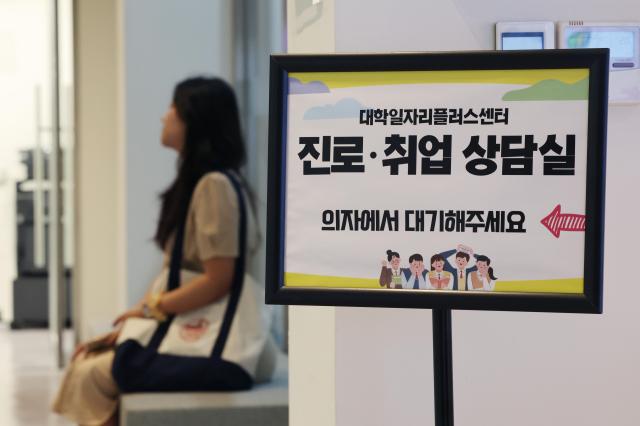
The research, commissioned by the Federation of Korean Industries and conducted by Lee Mi-suk, an economics professor at Changwon National University, found that the annual cost of lost productivity rose steadily from 8.9 trillion won in 2019 to 11.5 trillion won in 2023.
The study measured the gap by estimating potential wages that these idle young people could have earned, using the income levels of comparable employed peers.
The analysis suggested that discouraged youth would likely have earned about 80 percent of what working counterparts made, with average monthly potential wages rising from 1.55 million won in 2019 to 1.8 million won last year.
The number of young people classified as NEET — shorthand for “not in employment, education or training” — climbed from 432,000 in 2019 to 481,000 in 2023. That increase came even as South Korea’s youth population shrank, from 9.66 million to 8.79 million over the same period.
By last year, NEETs accounted for 5.5 percent of South Koreans ages 15 to 29, up from 4.5 percent in 2019. They made up nearly 1 percent of the overall population.
A growing share of them hold university degrees. Their numbers rose from 159,000 in 2019 to 184,000 in 2023, accounting for 38.3 percent of all discouraged youth.
“High-income potential youth falling into idle states are driving significant economic costs,” the report said, noting that while expected wages for NEETs lag those of their working peers, the losses remain substantial.
Copyright ⓒ Aju Press All rights reserved.




